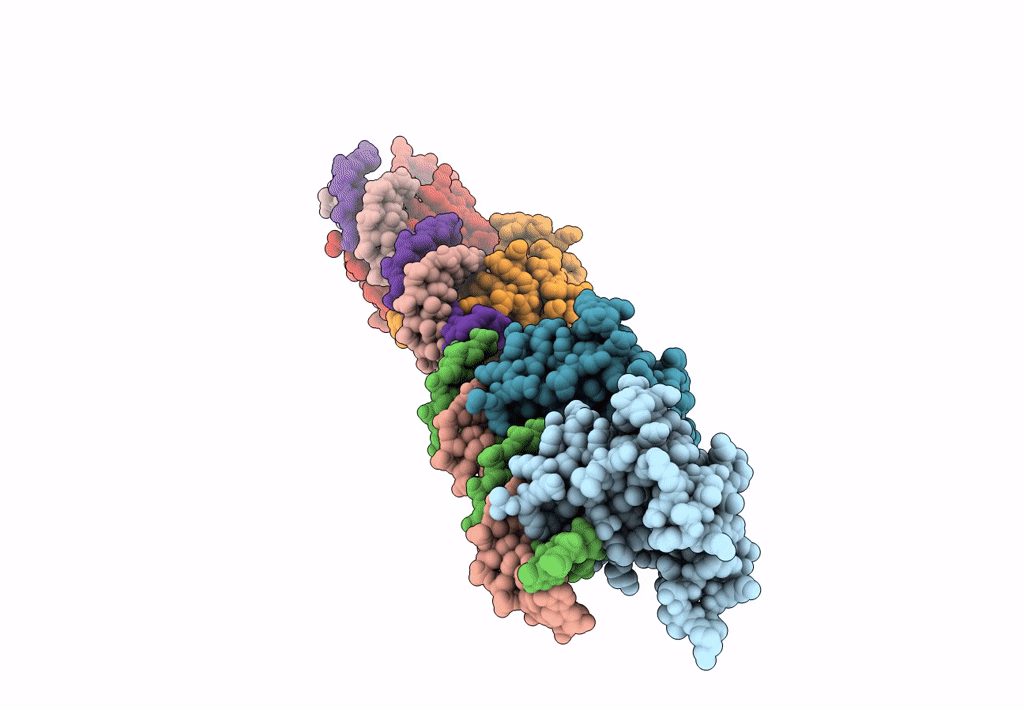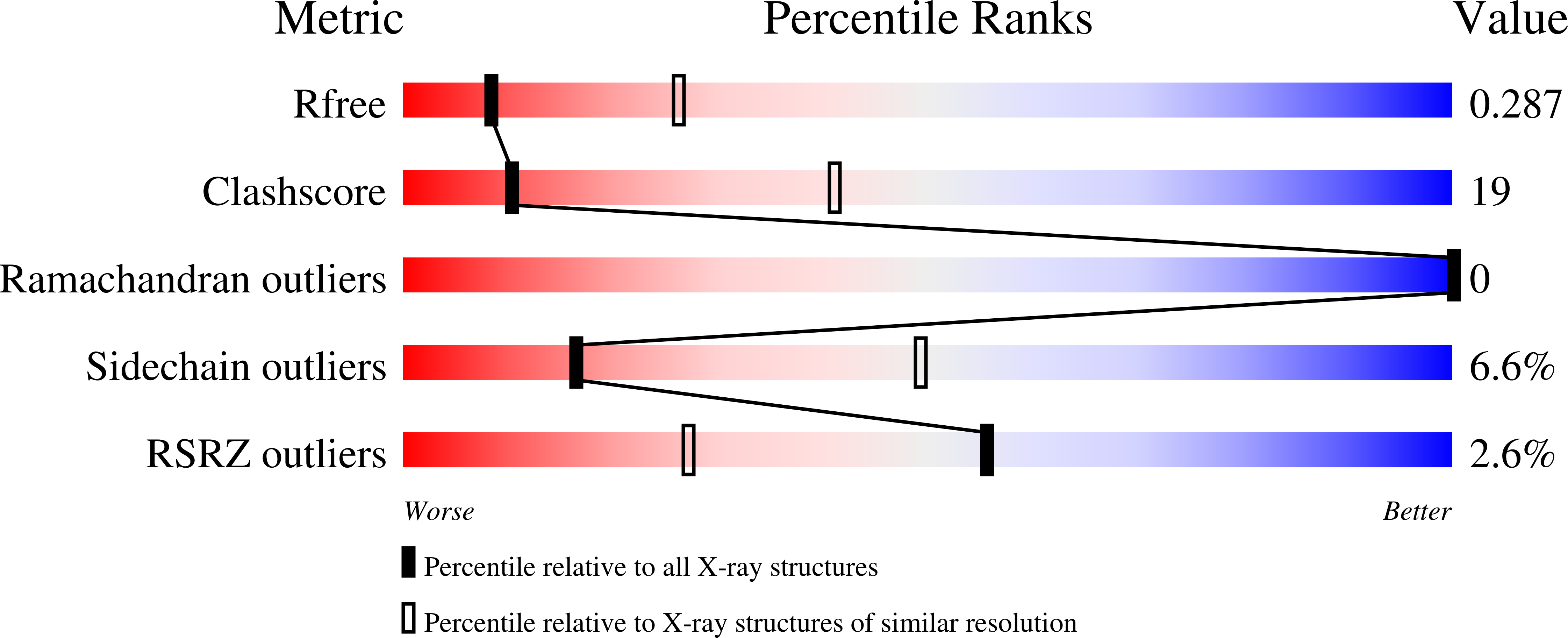
Deposition Date
2022-08-04
Release Date
2023-02-08
Last Version Date
2024-02-07
Entry Detail
Biological Source:
Source Organism:
Streptococcus agalactiae (Taxon ID: 1311)
Host Organism:
Method Details:
Experimental Method:
Resolution:
3.00 Å
R-Value Free:
0.28
R-Value Work:
0.22
R-Value Observed:
0.22
Space Group:
P 1 21 1


